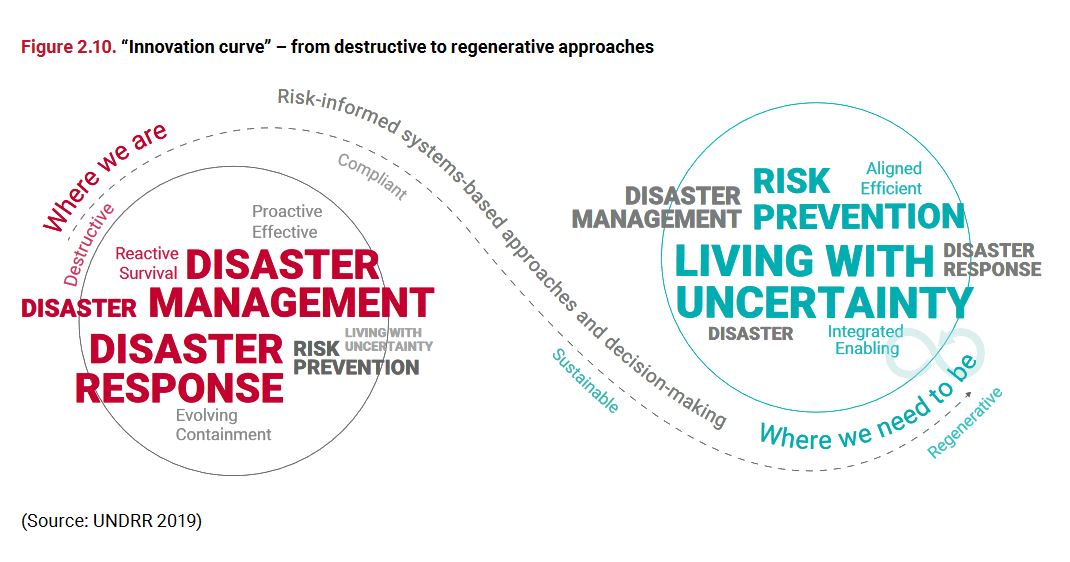The Role Of Civil Engineering In Disaster Risk Reduction

As we all know, natural disasters can be incredibly devastating, causing loss of life, destruction of property, and economic downfall. But what if we could lessen the impact of natural disasters by implementing effective strategies for prevention and response? This is where civil engineering comes in, playing a crucial role in natural disaster preparedness. In this article, we will explore the importance of civil engineering in reducing the risks associated with natural disasters.
What is Civil Engineering?
Civil engineering is an engineering discipline that deals with the planning, design, construction, and maintenance of the built environment, including infrastructure, buildings, and transportation systems. Civil engineers work to ensure the safety, efficiency, and sustainability of these structures and systems.
The Role of Civil Engineering in Natural Disaster Preparedness
Civil engineers play a key role in natural disaster preparedness by designing and implementing strategies to reduce the risks associated with natural disasters. They work to protect communities by designing and constructing resilient infrastructure that can withstand the forces of nature.
Civil engineers also play a critical role in the response effort following a natural disaster. They work alongside emergency responders to assess damage, provide technical support, and help communities recover.
How Civil Engineering Can Reduce the Risks Associated with Natural Disasters
Civil engineering can help reduce the risks associated with natural disasters in a number of ways. For example, civil engineers can design infrastructure such as buildings and bridges to withstand the forces of nature, including strong winds, earthquakes, and flooding.
Civil engineers can also design and implement early warning systems that help communities prepare for natural disasters and evacuate quickly when necessary. This can save lives and reduce the damage caused by natural disasters.
In addition, civil engineers can develop sustainable infrastructure that minimizes the impact of natural disasters on the environment. For example, they can design drainage systems that reduce flooding and erosion, or construct buildings that use renewable energy sources to save power during times of crisis.
Civil Engineering in Action: Examples of Disaster Response Efforts
Following a natural disaster, civil engineers are often called upon to provide technical support to local and national governments. They work with emergency responders to assess damage, identify areas of risk, and provide technical expertise to support recovery efforts.
For example, after Hurricane Katrina in 2005, civil engineers helped to assess damage to infrastructure and develop plans for rebuilding. They worked with government agencies to design new levees that would be more resilient in future natural disasters, and helped to reconstruct damaged infrastructure such as bridges and roads.
Civil Engineering and Public Safety: FAQs
Q: What role does civil engineering play in responding to natural disasters?
A: Civil engineers play a critical role in responding to natural disasters by providing technical support and expertise to emergency responders and government agencies. They work to assess damage, identify areas of risk, and develop plans for recovery.
Q: Can civil engineering help mitigate the risks associated with natural disasters?
A: Yes, civil engineering can help mitigate the risks associated with natural disasters by designing resilient infrastructure and early warning systems, and developing sustainable solutions that minimize the impact of natural disasters on the environment.
Q: What are some examples of civil engineering in action during disaster response?
A: After Hurricane Katrina in 2005, civil engineers worked to assess damage to infrastructure and develop plans for rebuilding. They helped to design new levees and reconstruct damaged infrastructure such as bridges and roads.
In conclusion, civil engineering plays a crucial role in natural disaster preparedness and response. By designing resilient infrastructure, developing early warning systems, and providing technical support during recovery efforts, civil engineers are helping to protect communities and reduce the impact of natural disasters. We all have a role to play in ensuring our communities are safe and protected, and civil engineering is an integral part of this effort.


Post a Comment for "The Role Of Civil Engineering In Disaster Risk Reduction"